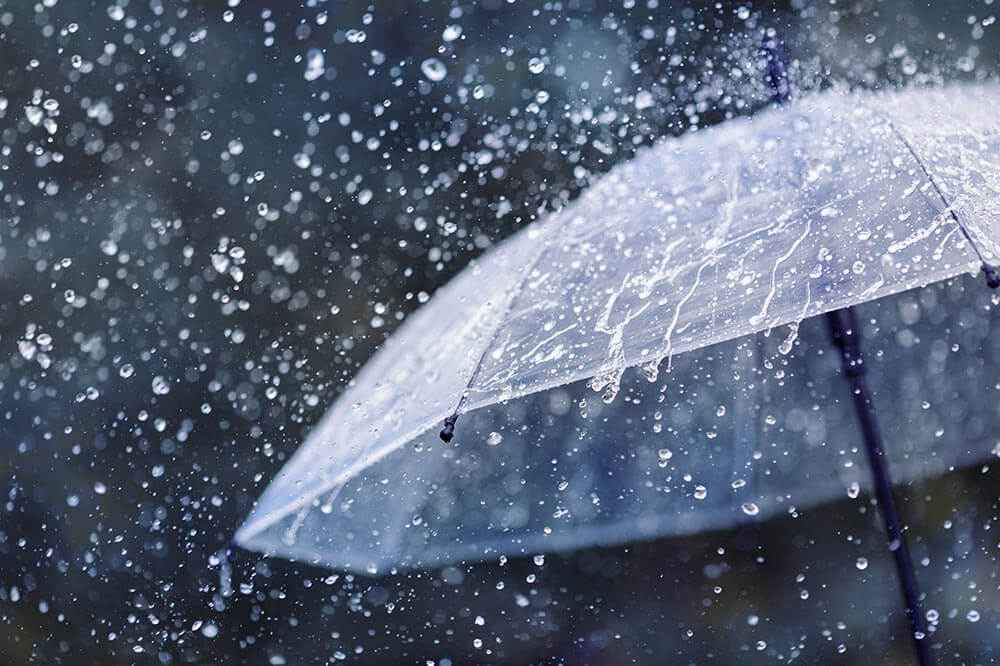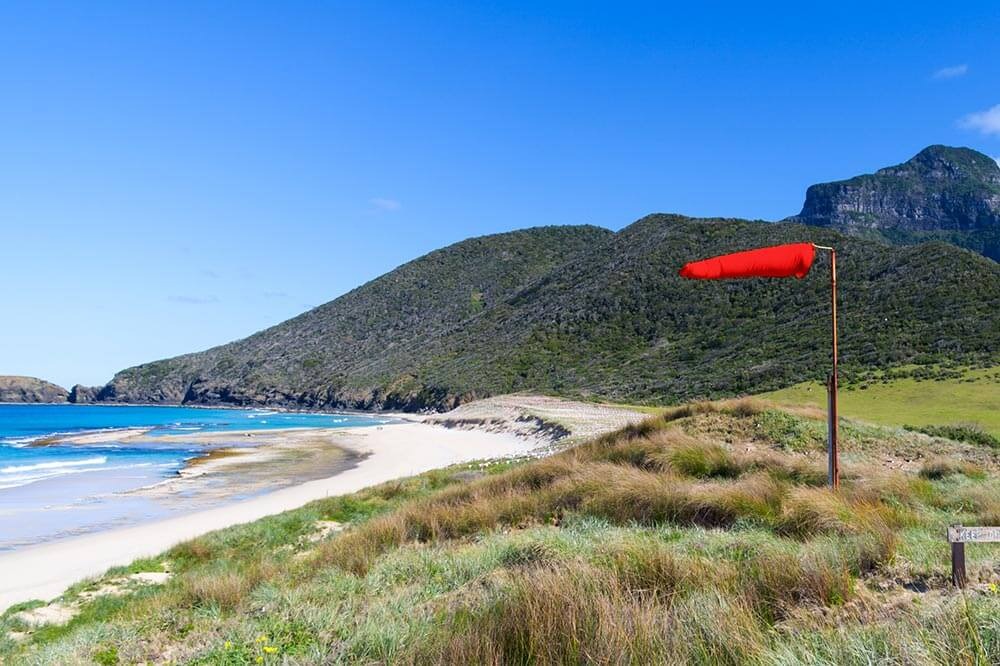How does snow form?
A complete explanation of a natural phenomenon, as magic as scary !
The season of snowmen and skiing is about to start! Today, let’s focus on an appropriate theme: snow. Watching it fall is always such a delicate and magical show. Have you ever wondered why it snows and how snowflakes form to dress beautifully our landscapes in white? In this article, we will explain to you all about snow formation.
Snow formation conditions
As one may think, it is not only cold temperatures that make the snow fall. Several factors must be gathered to enable pretty snowflakes to dress our landscapes in white: presence of steam, low temperatures and particles.
Snow cannot form without water evaporation. Ready for a reminder of our elementary school’s lessons on water cycle?
Water in oceans and lakes evaporates with heat, this steam then rises into the atmosphere. The more the steam rises, the more it gets subject to low temperatures. When in contact with clouds of low temperature, the steam condenses to form droplets.
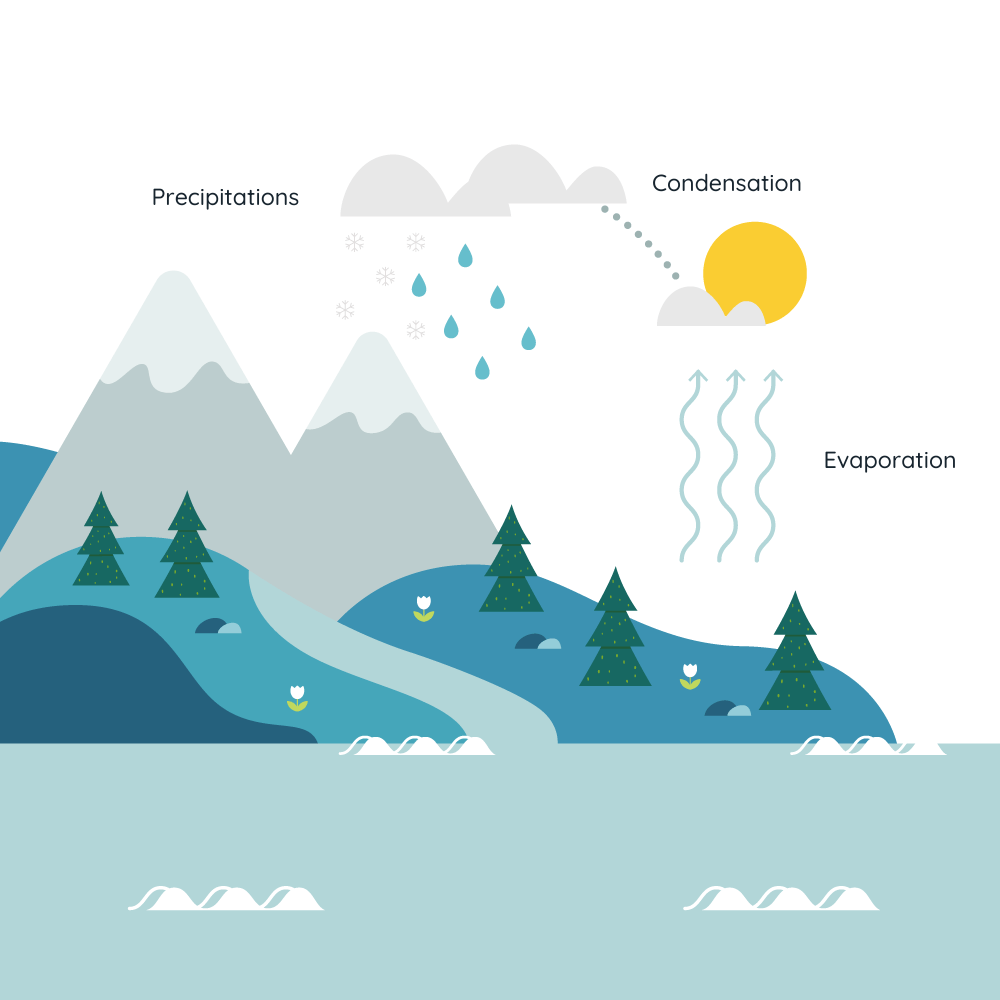
Inside the clouds, these droplets gather around the microscopic particles found in the air such as dust or sand. Afterwards, it is the turn of temperature to influence the type of precipitation.
If the cloud’s temperature is above 0°C, rainfalls are to be expected.
In order for tiny waterdrops to transform into snowflakes, the clouds’ temperature must be under freezing point, that is to say below 0°C, as it is at this temperature that water freezes. If it is under 0°C, ice crystals will form around those particles.
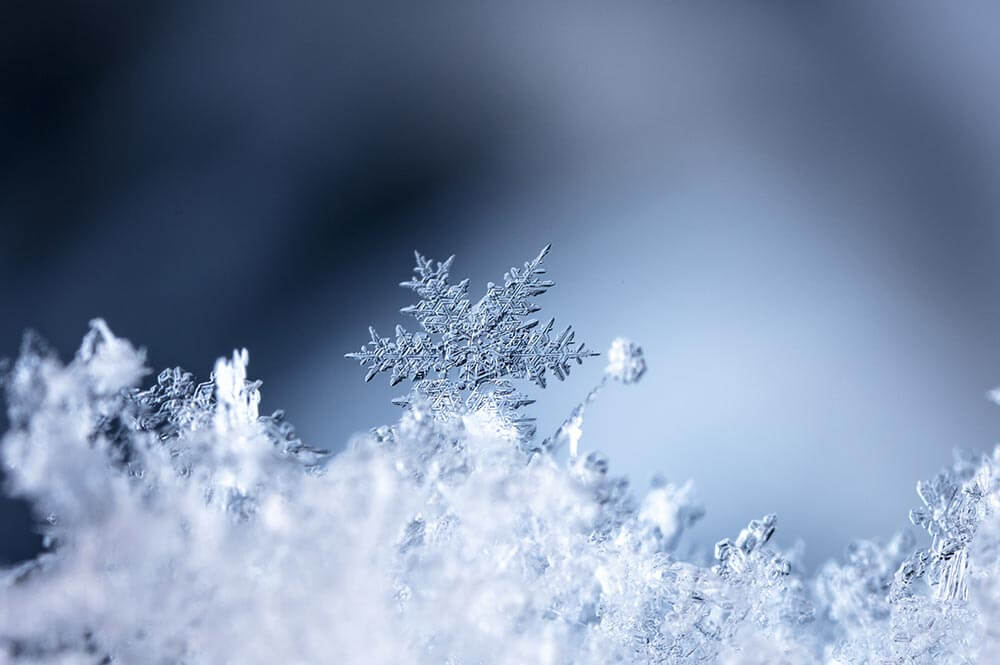
Therefore, clouds’ temperature matters a lot in snow formation.
From ice crystals to snowflakes
Now that all conditions are met for clouds to make ice crystals, it is now time to discover how these crystals transform into delicate snowflakes.
When ice crystals start forming in clouds once in contact with dust and negative temperatures, they are microscopic. It is thanks to the steam and cold inside the clouds that they can grow up to several millimetres. The temperature that enables droplets to crystalise around the particles also plays an important role in the formation of crystals. Depending on the level of temperature, ice crystals will come in different shapes: plates, needles, hollow columns, stars and dendrites.
Once ice crystals get too heavy, they come off clouds and fall onto the ground.
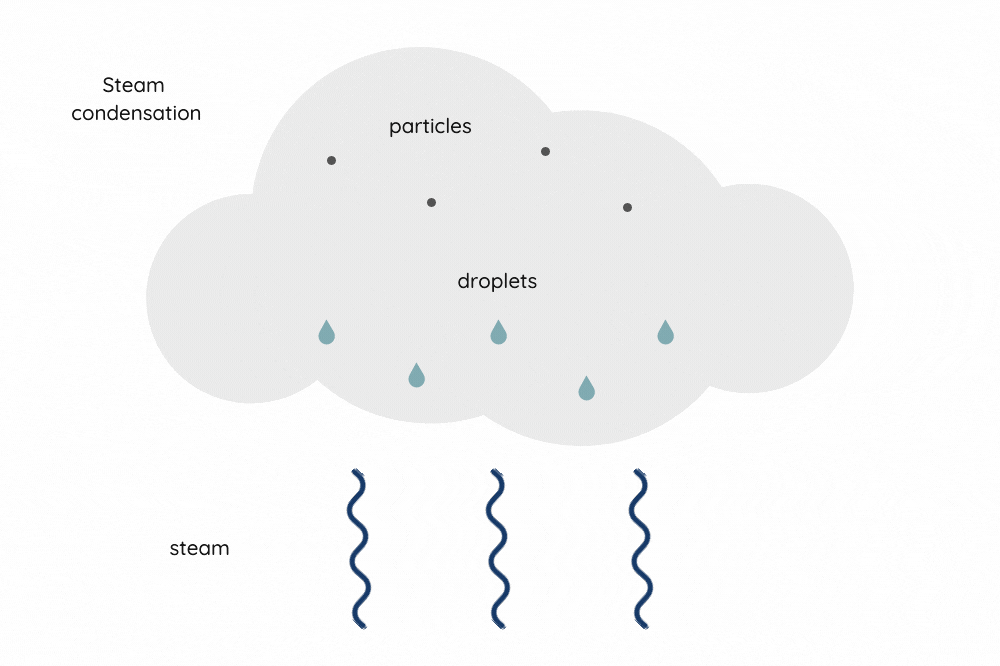
While falling, if crystals cross different air masses where the temperature is negative, consequently, they will gather and form snowflakes.
When snow takes different shapes
All the way down, snowflakes will be impacted by air temperature. Whether in the sky or on ground, temperature will determine the quality of the snow. Will the snowflakes turn into rain? Is the snow going to be good enough to wear our skis or is it going to disrupt our day?
A few metres before landing, snowfalls may therefore take different shapes depending on temperature. So, get your barometers and thermometers ready!
- Dry snow
Also called powder snow, skiers consider it as the perfect snow. Dry snow generally falls when the weather is freezing cold, with temperatures way below O°C, like in mountains. As it does not contain any liquid water, this snow made of crystals is therefore very light and does not stick.
- Wet snow
Frequent in plains, this type of snow falls when temperatures are slightly positive. The most feared snow! As it contains a bit of liquid water, it very easily adheres to anything it touches, which often results in disruptions to air, rail and road traffic. As this wet snow is also heavy, when it accumulates it can cause major damage.
- Slush
This snow, that contains much water, can form when temperatures are slightly positive, between +1°C and +3°C. Being very heavy, it can easily be removed from roads; however, it can quickly transform into black ice.
- Freezing rain
While falling into the atmosphere, if snowflakes cross an air mass where temperature is positive and then cross an air mass where temperature is negative, they will transform into freezing rain. In this situation, we must remain extremely alert.
Now that you know more about snow, you won’t watch snowflakes fall the same way!
